Interview: Paul Karasik Deconstructs Fletcher Hanks Revamp

One of the surprise hits in comics last year was I Shall Destroy All The Civilized Planets, a collection of stories from Fletcher Hanks, a largely unknown comics creator in the Golden Age who is best described as "the Ed Wood of comics."
The bizarre tales – most featured "space wizard" Stardust, who came up with ever more creative and creepy means of dispatching villains – ended up a critical success, with the book making many "best of" lists, including my own.
The renewed attention to Hanks (his bizarre personal story is recounted with skill in an addendum at the back of I Shall Destroy) recently took another step, as Joe Keatinge and Mike Allred teamed up for an all-new Stardust story featured in the recent debut of Image Comics’ Next Issue Project #1.
Given this surge of attention in Hanks’ work, we thought it would be interesting to catch up with Paul Karasik, who edited I Shall Destroy and contributed the original Hanks background story to the volume.
Let’s just say he wasn’t happy with the new incarnation.
COMICMIX: The works of Fletcher Hanks, and Stardust particularly, have very much lingered in people’s minds and, as the success of I Shall Destroy All The Civilized Planets shows, retain a substantial appeal. Why do you think that is?
PAUL KARASIK: Fletcher Hanks is a master stylist and people are first attracted to style. Once you know what a Hanks story looks like you can always spot his work. In fact, this is one of the reasons I find it amazing that his work was not "discovered" years ago.
In fact, it seemed to me that many readers of I Shall Destory All the Civilized Planets were intrigued by the discovery aspect of my project. Not only was the work of a major comic book artist uncovered, but there was also a true-life mystery surrounding it all.
Finally, readers simply love the twisted quality of these brutal tales of maniacal retribution.
CMix: Given how dated those comics are and the idiosyncrasies of Hanks’ vision, should those comics be resuscitated by new creators?
PK: I can’t imagine a single reason to recreate Hanks’ work. It’s the same idea as remaking films you liked when you were younger. The impulse is fundamentally flawed and the results are categorically disastrous.


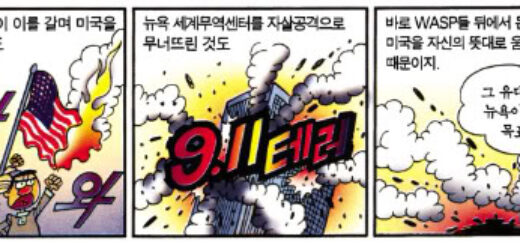

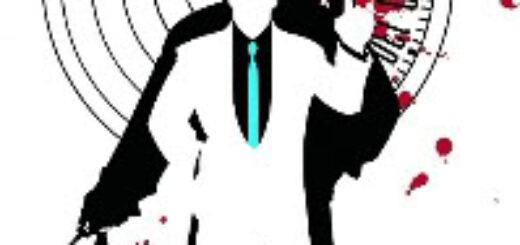
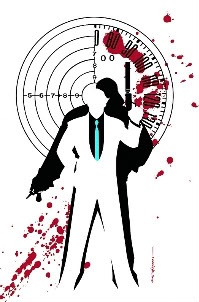 On the surface, you’d think a good action movie would be a simple thing to pull off. Take one interesting protagonist, throw a ton of complications at him, have a nefarious villain behind things, add a little mystery and simmer. It’s always surprising, then, when so many bad action movies come out.
On the surface, you’d think a good action movie would be a simple thing to pull off. Take one interesting protagonist, throw a ton of complications at him, have a nefarious villain behind things, add a little mystery and simmer. It’s always surprising, then, when so many bad action movies come out.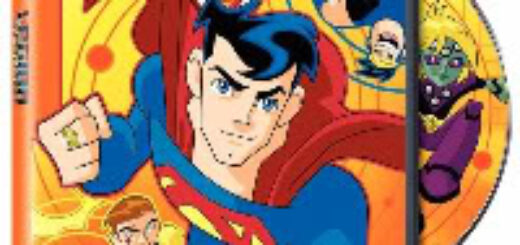
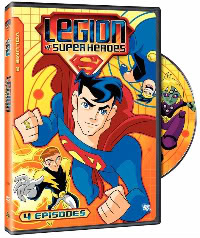 Maybe the most surprising thing about how much I’ve enjoyed the first episodes of the
Maybe the most surprising thing about how much I’ve enjoyed the first episodes of the 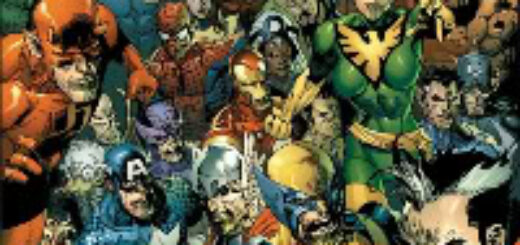
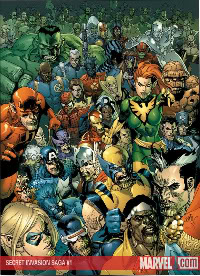 A few years back, DC released the super-thick, super-cheap
A few years back, DC released the super-thick, super-cheap 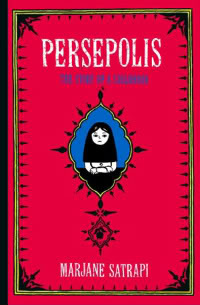 Not too long ago, I served as editor of a college newspaper, meaning I also headed up the editorial board that oversaw the paper’s opinion pages. More than a few times, the editorial board would be hard-pressed to come up with some topic worthy of bloviating upon.
Not too long ago, I served as editor of a college newspaper, meaning I also headed up the editorial board that oversaw the paper’s opinion pages. More than a few times, the editorial board would be hard-pressed to come up with some topic worthy of bloviating upon.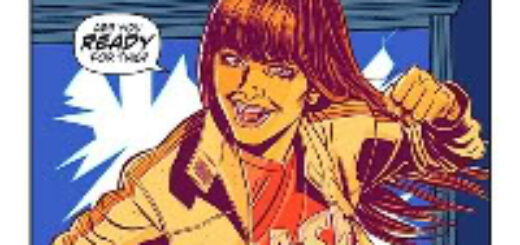
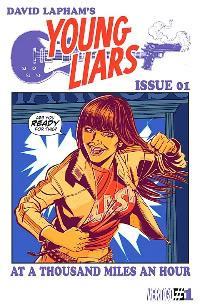 I covered a handful of new series debuting this week in my
I covered a handful of new series debuting this week in my 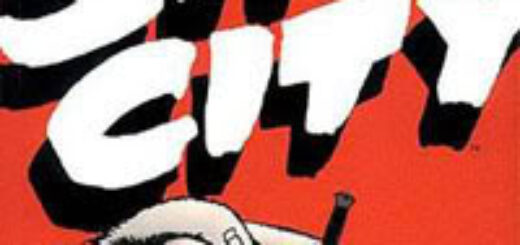
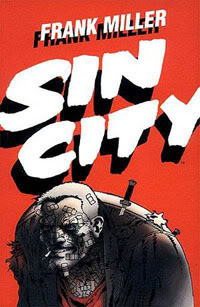 Just the other day, ComicMix‘s Karl Cramer brought you the news that a Batman: The Dark Knight video game
Just the other day, ComicMix‘s Karl Cramer brought you the news that a Batman: The Dark Knight video game 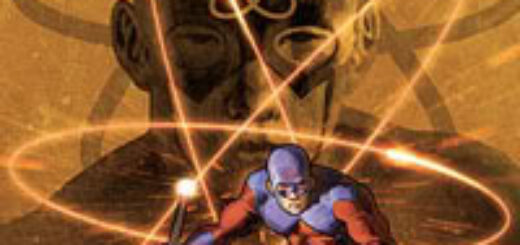
 Book of the Week: The All-New Atom #21 — Anyone wondering whether this title would keep being a must-read after Gail Simone stepped aside as writer and Rick Remender took the reins can go ahead and relax. The All-New Atom is better than ever in this issue, which takes the classic archetypal conflict of man vs. himself and gives it one heck of a twist.
Book of the Week: The All-New Atom #21 — Anyone wondering whether this title would keep being a must-read after Gail Simone stepped aside as writer and Rick Remender took the reins can go ahead and relax. The All-New Atom is better than ever in this issue, which takes the classic archetypal conflict of man vs. himself and gives it one heck of a twist.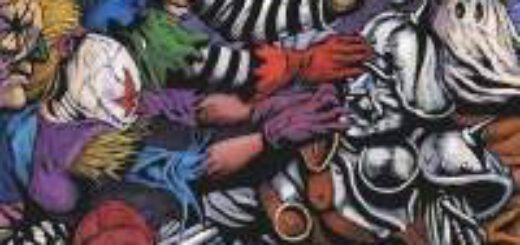
 Another day, another comic book series being adapted into a movie. Variety
Another day, another comic book series being adapted into a movie. Variety 








